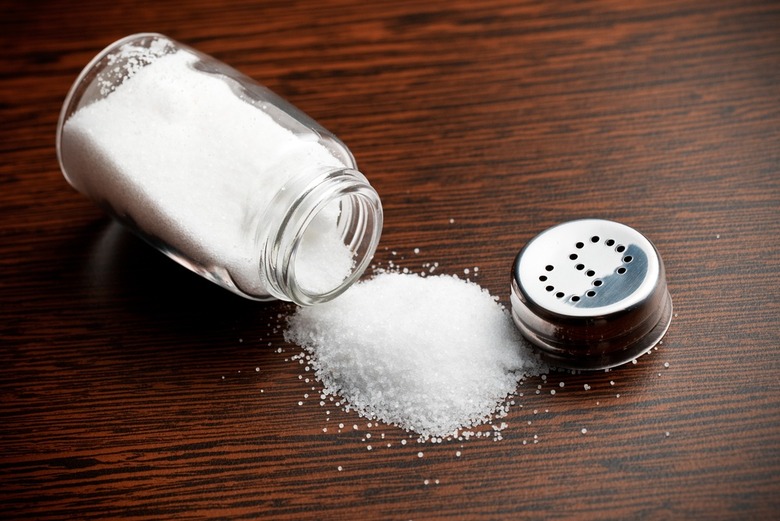Your Table Salt Is Probably Contaminated With Tons Of Plastic
Microplastics polluting the Earth's seawater are leaving tiny pieces of plastic in our table salt, a new study published by Shanghai's East China Normal University has found.
The research confirmed the team's hypothesis that, because table salt is directly supplied by seawater, standard table salt also contains plenty of particles of microplastics, which means we're ingesting them.
"Microplastics measuring less than 200 μm represented the majority of the particles, accounting for 55 percent of the total microplastics, and the most common microplastics were polyethylene terephthalate, followed by polyethylene and cellophane in sea salts," the study found.
"The abundance of microplastics in sea salts was significantly higher than that in lake salts and rock/well salts. This result indicates that sea products, such as sea salts, are contaminated by microplastics."
And despite the fact that the study was only conducted in China — looking at 15 brands of sea salts, lake salts, and rock and well salts from supermarkets across the country — that doesn't mean the rest of the world is safe.
In fact, as one independent researcher told Scientific American, "Plastics have become such a ubiquitous contaminant, I doubt it matters whether you look for plastic in sea salt on Chinese or American supermarket shelves. I'd like to see some 'me-too' studies."
